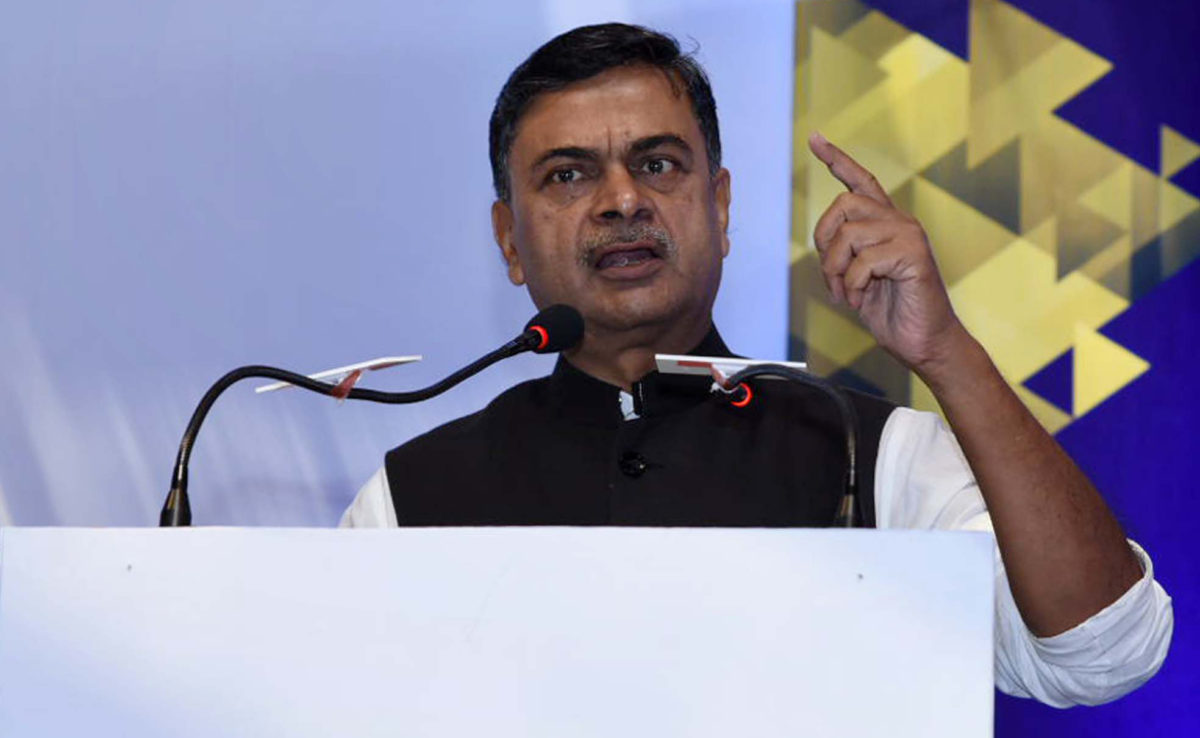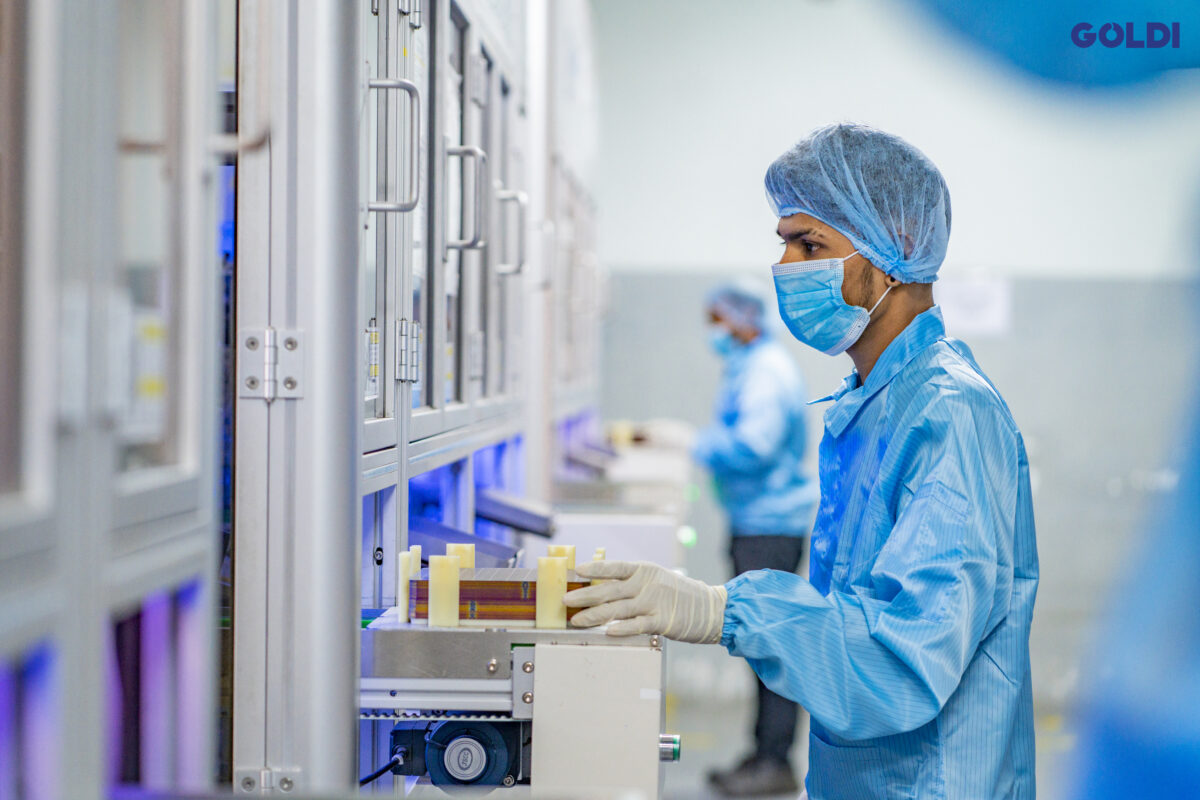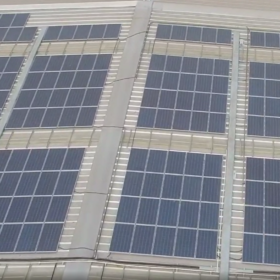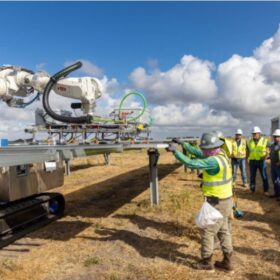India’s power minister RK Singh recently shared that the majority of the green hydrogen production plants in India are expected to come up near port locations as per the industry feedback. In such cases, desalinized seawater could also be used for green hydrogen production.
The minister said, for the production of 1 kg of green hydrogen via electrolysis, around 10 liters of demineralized water is needed. Accordingly, the demineralized water requirement for 5 mmt green hydrogen production per annum will be about 50 million cubic meters (MCM) per annum.
India targets a green hydrogen production capacity of at least 5 MMT per annum by 2030 under its National Green Hydrogen Mission. The nation will need 60 – 100 GW of installed electrolyzer capacity for the envisaged green hydrogen production capacity of 5 mmt per annum by 2030.
The National Green Hydrogen Mission envisages the substitution of grey hydrogen with green hydrogen in industries such as fertilizer production, petroleum refining, steel, and shipping, reducing the carbon footprint and dependence on imported fossil fuels. The specific strategies or initiatives under the mission include facilitating demand creation through domestic utilization; incentives for manufacturing of electrolyzers and production of green hydrogen; pilot projects for green steel, mobility, shipping, decentralized energy applications, hydrogen production from biomass, hydrogen storage, etc; development of green hydrogen hubs; and research & development program.
Elsewhere, Iberdrola and Masdar announced a €15 billion ($16.2 billion) strategic partnership agreement to evaluate the joint development of offshore wind and green hydrogen projects in markets including Germany, UK and the USA. “Work to identify other opportunities is already underway,” said Europe’s largest utility. The companies announced the plans at the UN’s climate change conference COP28 in the UAE.
Masdar has signed a joint development agreement with the Jordanian Ministry of Energy and Mineral Resources to develop a 1 gigawatt (GW) wind project with a battery energy storage system (BESS), and a Memorandum to explore the feasibility of establishing a green hydrogen plant. “The study will examine the feasibility of establishing a green hydrogen project near The Port of Aqaba to produce the most cost-competitive hydrogen, utilizing desalinated seawater, and dedicated renewable power,” said the UAE’s energy company in an emailed press release.
Bureau Veritas and Avance signed a Memorandum of Understanding (MoU), which recognizes the mutual interest and benefit of cooperating in the field of attributes verification and certification. Avance recently announced the I-REC product code for hydrogen, which governs the tracking and certification process for hydrogen and hydrogen derivative fuels and products. Avance was accredited earlier in 2023 by the I-REC Standard Foundation, the creator of the I-REC (E) Product Code for electricity.
HDF Energy said that the first mass production plant for high-power fuel cells in Blanquefort (Gironde) will be delivered in January 2024. It is scheduled to come on stream in summer 2024, with mass production expected in 2025. “Final validation by the European Commission regarding the level of support requested is expected in spring 2024,” said the French company.
Toyota Motor Europe said it would establish a local business operation, the Hydrogen Factory Europe, to ensure a coordinated approach to commercializing hydrogen technology and systems in the continent. “The Hydrogen Factory will be responsible for producing an increasing number of fuel cell systems and supporting a widening group of commercial partnerships,” said the Japanese automotive company.
Asahi Kasei is launching a demonstration trial of a rental service for chlor-alkali electrolysis cells in Europe with Nobian and Logisteed. The Japanese technology company explained that the service can help customers maintain production capacity when repairing their own equipment. The membrane process for chlor-alkali electrolysis produces chlorine, hydrogen, and caustic soda by electrolyzing brine using ion-exchange membranes. Global demand for chlor-alkali in 2022 was approximately 100 million tons2, and Asahi Kasei’s chlor-alkali process has been adopted at more than 150 plants in 30 countries, with a total capacity of over 30 million tons per year converted to 100% caustic soda. Asahi Kasei plans to expand the rental service to Asia and North America.
This content is protected by copyright and may not be reused. If you want to cooperate with us and would like to reuse some of our content, please contact: editors@pv-magazine.com.









By submitting this form you agree to pv magazine using your data for the purposes of publishing your comment.
Your personal data will only be disclosed or otherwise transmitted to third parties for the purposes of spam filtering or if this is necessary for technical maintenance of the website. Any other transfer to third parties will not take place unless this is justified on the basis of applicable data protection regulations or if pv magazine is legally obliged to do so.
You may revoke this consent at any time with effect for the future, in which case your personal data will be deleted immediately. Otherwise, your data will be deleted if pv magazine has processed your request or the purpose of data storage is fulfilled.
Further information on data privacy can be found in our Data Protection Policy.